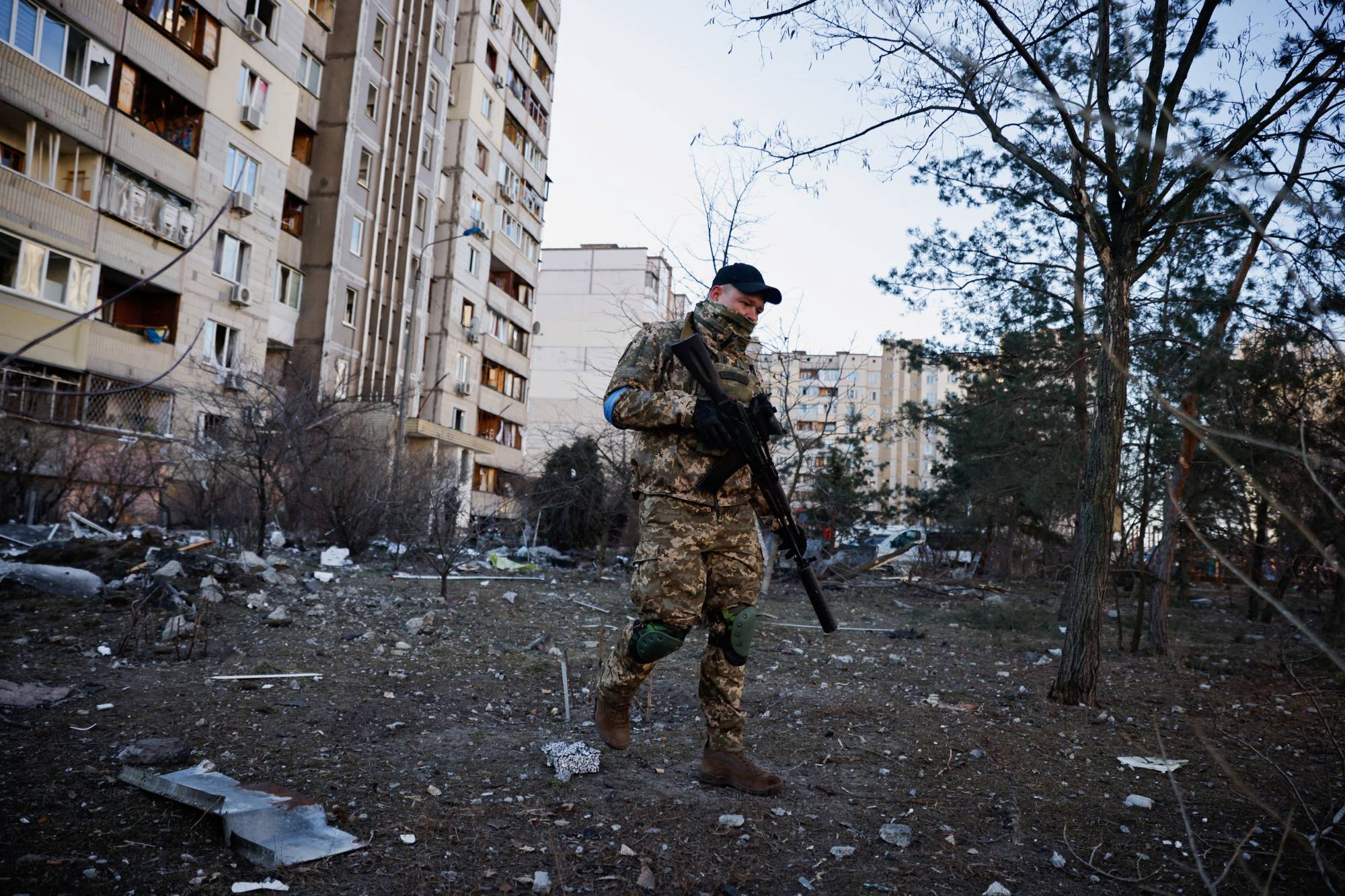Talking up a Marshall Plan for Ukraine is a popular sport nowadays.
The game starts by tossing out a figure for the cost of reconstructing Ukraine from the ravages of the Russian invasion — $250 billion, or $500 billion, or $1 trillion, depending on assumptions about how much is destroyed, the cost of caring for refugees and so forth. The overall cost of the post-World War II Marshall Plan is then compared with U.S. gross domestic product in 1948, when the program started. This typically leads to the conclusion that the cost of Ukrainian reconstruction relative to the size of the donor countries will be in the same ballpark as the Marshall Plan.
These kinds of comparisons are not, in fact, the best use of Marshall Plan history. It is impossible to put a number on the cost of reconstruction as long as there remains uncertainty about the duration of the war and how much territory will be controlled by Ukraine’s legitimate government. Just because the United States was prepared to provide post-World War II Europe with nearly 5% of its 1948 gross domestic product, spread over four years, tells us nothing about whether this is the right level of support for Ukraine.



















With your current subscription plan you can comment on stories. However, before writing your first comment, please create a display name in the Profile section of your subscriber account page.